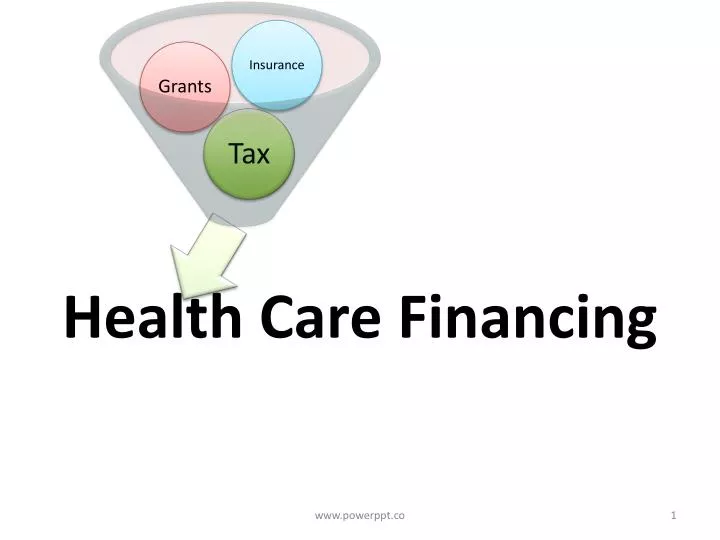
In terms of the complexity in US healthcare system, it is by no surprise that multiple players maintain key roles and face distinct challenges in the provision of care. These challenges range from financing and technological issues facing health facilities to supply and educational challenges facing providers. There is the role-shifting of government toward health financing and regulations, in the delivery system. The two overarching challenges before all segments of the health care system are improving the quality of health care and getting a handle on the rapid rate of growth, in health care costs. Consumer-directed health care is a type of healthcare financing designed to reduce health spending by providing a financial incentive for consumers to choose the best healthcare value. One example of a consumer-driven health plan is the health savings account, linked with a high-deductible health plan. Monthly premiums are generally lower than traditional health plan premiums, leaving consumers with greater control over — and responsibility for — their health spending. The high deductibles and out-of-pocket costs–give patients an incentive to learn more about the cost and quality of care before spending. Because of the need to have healthcare insurance for individuals, healthcare is an ‘already created market.’ People have to go to the hospital when care is needed. The provision of high-quality, affordable, health care services are increasingly difficult challenges. Due to the complexities of health care services and systems, investigating and interpreting the use, costs, quality, accessibility, delivery, financing, and outcomes of health care services are key to informing government officials, insurers, providers, and consumers about health-related issues. Health service researchers examine the access of care, health care costs and processes, and the outcomes of health services for individuals and populations.









